-
 Bitcoin
Bitcoin $115000
0.88% -
 Ethereum
Ethereum $3727
2.86% -
 XRP
XRP $3.001
2.15% -
 Tether USDt
Tether USDt $1.000
0.03% -
 BNB
BNB $765.7
0.59% -
 Solana
Solana $169.5
3.52% -
 USDC
USDC $0.9999
0.00% -
 TRON
TRON $0.3391
1.24% -
 Dogecoin
Dogecoin $0.2059
2.68% -
 Cardano
Cardano $0.7418
2.24% -
 Hyperliquid
Hyperliquid $37.92
1.29% -
 Stellar
Stellar $0.4017
2.54% -
 Sui
Sui $3.508
2.67% -
 Chainlink
Chainlink $16.87
2.81% -
 Bitcoin Cash
Bitcoin Cash $569.4
2.08% -
 Hedera
Hedera $0.2472
0.22% -
 Ethena USDe
Ethena USDe $1.001
0.01% -
 Avalanche
Avalanche $22.29
1.22% -
 Litecoin
Litecoin $118.0
0.74% -
 UNUS SED LEO
UNUS SED LEO $8.924
-0.75% -
 Toncoin
Toncoin $3.236
1.65% -
 Shiba Inu
Shiba Inu $0.00001238
1.79% -
 Uniswap
Uniswap $9.827
3.02% -
 Polkadot
Polkadot $3.684
1.92% -
 Dai
Dai $1.000
0.01% -
 Monero
Monero $283.0
-2.73% -
 Bitget Token
Bitget Token $4.362
0.47% -
 Cronos
Cronos $0.1458
4.97% -
 Pepe
Pepe $0.00001054
2.58% -
 Ethena
Ethena $0.6238
9.53%
Kraken leverage trading tutorial: how to use leverage to buy and sell cryptocurrencies
Kraken's leverage trading lets you amplify returns up to 5x on pairs like BTC/USD, but it also increases potential losses, so manage your margin levels carefully.
Jun 05, 2025 at 01:49 pm

Kraken, one of the leading cryptocurrency exchanges, offers a feature known as leverage trading, which allows traders to amplify their potential returns by borrowing funds to increase their trading position. This tutorial will guide you through the process of using leverage to buy and sell cryptocurrencies on Kraken, covering everything from setting up your account to executing trades.
Understanding Leverage Trading on Kraken
Leverage trading on Kraken allows you to trade with borrowed funds, increasing your exposure to the market without needing to commit the full amount of capital upfront. The platform offers leverage up to 5x on certain trading pairs, meaning you can control a position five times larger than your initial investment. However, while leverage can magnify profits, it also increases the potential for losses, so it's crucial to understand the risks involved.
Setting Up Your Kraken Account for Leverage Trading
Before you can start trading with leverage on Kraken, you need to ensure your account is set up correctly. Here's how to do it:
- Create an Account: If you don't already have a Kraken account, visit their website and sign up. You'll need to provide personal information and complete the verification process.
- Enable Margin Trading: Once your account is verified, navigate to the 'Funding' section and select 'Enable Margin'. This will allow you to deposit funds and use them for margin trading.
- Deposit Funds: You'll need to deposit funds into your account to use as collateral for your leveraged positions. Kraken supports various deposit methods, including bank transfers and cryptocurrency deposits.
Choosing the Right Trading Pair
Kraken offers leverage trading on a variety of cryptocurrency pairs, including BTC/USD, ETH/USD, and others. When selecting a trading pair, consider factors such as liquidity, volatility, and your overall trading strategy. Highly liquid pairs like BTC/USD are often preferred for leverage trading due to their stability and ease of entry and exit.
Placing a Leveraged Trade
Once you've set up your account and chosen a trading pair, you can start placing leveraged trades. Here's a step-by-step guide:
- Navigate to the Trading Interface: Go to the 'Trade' section on Kraken and select the trading pair you want to trade.
- Select Leverage: On the trading interface, you'll see an option to select the leverage level. Choose the level of leverage you want to use, up to the maximum allowed for that pair.
- Enter Trade Details: Specify the amount you want to trade and the price at which you want to enter the trade. You can choose between a market order, which executes immediately at the current market price, or a limit order, which executes at a specified price.
- Review and Confirm: Before placing the trade, review all the details, including the leverage level, trade amount, and potential liquidation price. Once you're satisfied, confirm the trade.
Managing Your Leveraged Positions
After placing a leveraged trade, it's important to actively manage your positions to mitigate risk. Here are some key considerations:
- Monitor Margin Levels: Keep an eye on your margin levels to ensure you have enough collateral to maintain your positions. If your margin level falls below the maintenance margin, your position may be liquidated.
- Set Stop-Loss Orders: To limit potential losses, consider setting stop-loss orders, which will automatically close your position if the market moves against you.
- Adjust Leverage: If market conditions change, you may want to adjust your leverage level. You can do this by closing your current position and opening a new one with a different leverage level.
Closing Your Leveraged Position
When you're ready to close your leveraged position, you can do so in one of two ways:
- Market Order: Place a market order to close your position at the current market price. This is the quickest way to exit a trade but may result in slippage.
- Limit Order: Place a limit order to close your position at a specified price. This allows you to control the price at which you exit the trade but may take longer to execute.
Frequently Asked Questions
Q: Can I use leverage trading on Kraken with any cryptocurrency?
A: No, Kraken only offers leverage trading on specific trading pairs. You can find a list of supported pairs on their website.
Q: What happens if my margin level falls below the maintenance margin?
A: If your margin level falls below the maintenance margin, Kraken may liquidate your position to cover the losses. It's important to monitor your margin levels and add more collateral if necessary.
Q: Is there a fee for using leverage on Kraken?
A: Yes, Kraken charges a fee for using leverage, which is typically a percentage of the borrowed amount. The exact fee structure can be found on their website.
Q: Can I change my leverage level after opening a position?
A: To change your leverage level, you need to close your current position and open a new one with the desired leverage level. You cannot adjust the leverage level of an existing position.
Disclaimer:info@kdj.com
The information provided is not trading advice. kdj.com does not assume any responsibility for any investments made based on the information provided in this article. Cryptocurrencies are highly volatile and it is highly recommended that you invest with caution after thorough research!
If you believe that the content used on this website infringes your copyright, please contact us immediately (info@kdj.com) and we will delete it promptly.
- IREN Overtakes: A New King in the Bitcoin Miner Hashrate Race?
- 2025-08-07 16:31:29
- Memecoins Mania: Whales Eye Pepe Dollar (PEPD) as Bonk Cools Off, While MoonBull Hogs the Spotlight!
- 2025-08-07 16:51:17
- Unilabs, PEPE, and Investment Risk: Navigating the Crypto Hype
- 2025-08-07 16:31:29
- Meme Coin Mania: Rug Pulls, CZ-Inspired Tokens, and the Wild West of Crypto
- 2025-08-07 16:57:14
- HashFlare Founders Face the Music: Jail Time Looms?
- 2025-08-07 14:30:12
- Pepeto's Pounce: Meme Coin Mania Meets Blockchain Infrastructure
- 2025-08-07 15:10:12
Related knowledge

How to deposit USD on Bitstamp
Aug 07,2025 at 05:18pm
Understanding Bitstamp and USD DepositsBitstamp is one of the longest-standing cryptocurrency exchanges in the industry, offering users the ability to...
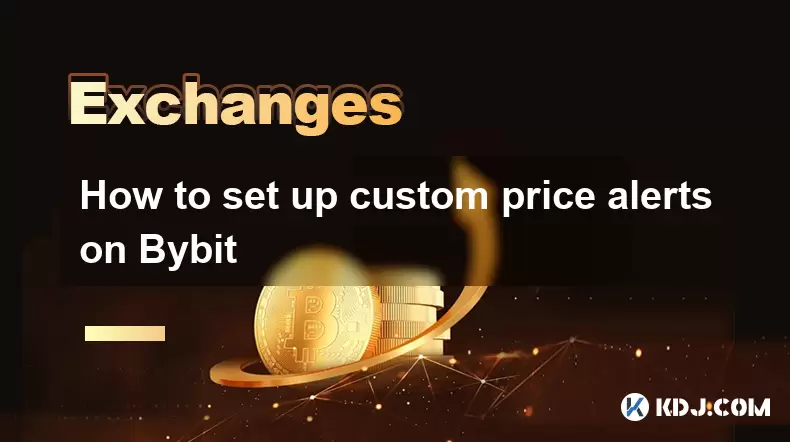
How to set up custom price alerts on Bybit
Aug 07,2025 at 04:31pm
Understanding Price Alerts on BybitPrice alerts on Bybit are essential tools for traders who want to stay informed about significant price movements i...
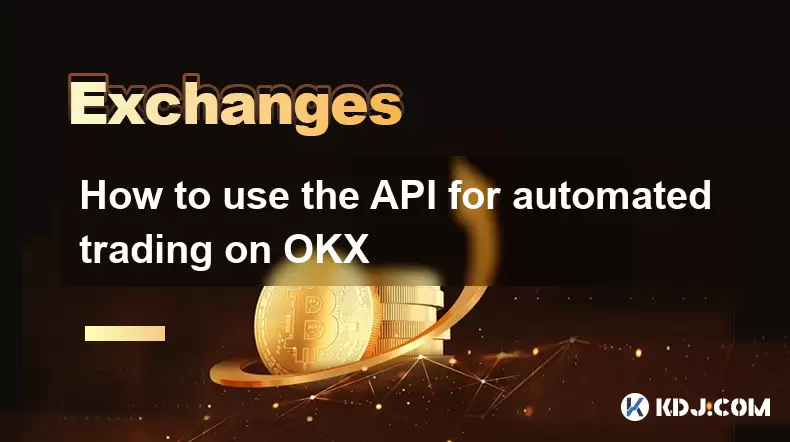
How to use the API for automated trading on OKX
Aug 07,2025 at 05:21pm
Understanding the OKX API for Automated TradingThe OKX API provides a powerful interface for users to automate their trading strategies, access real-t...
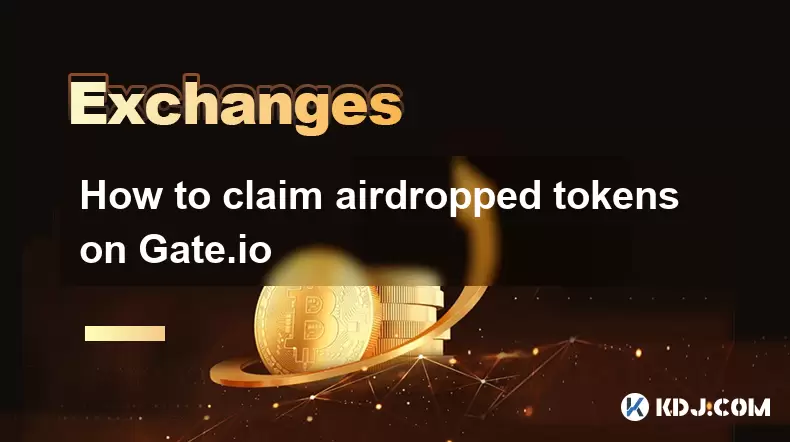
How to claim airdropped tokens on Gate.io
Aug 07,2025 at 04:01pm
Understanding Airdropped Tokens on Gate.ioAirdropped tokens are digital assets distributed for free by blockchain projects to promote awareness, incen...
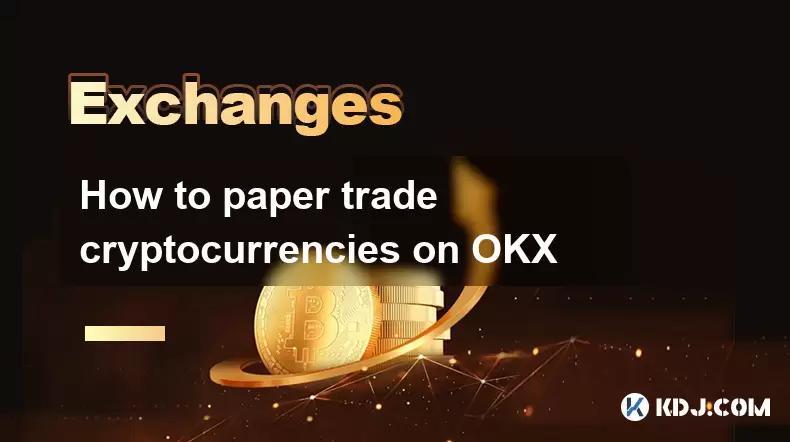
How to paper trade cryptocurrencies on OKX
Aug 07,2025 at 06:01pm
Understanding Paper Trading in the Cryptocurrency ContextPaper trading, also known as simulated or virtual trading, allows users to practice buying an...
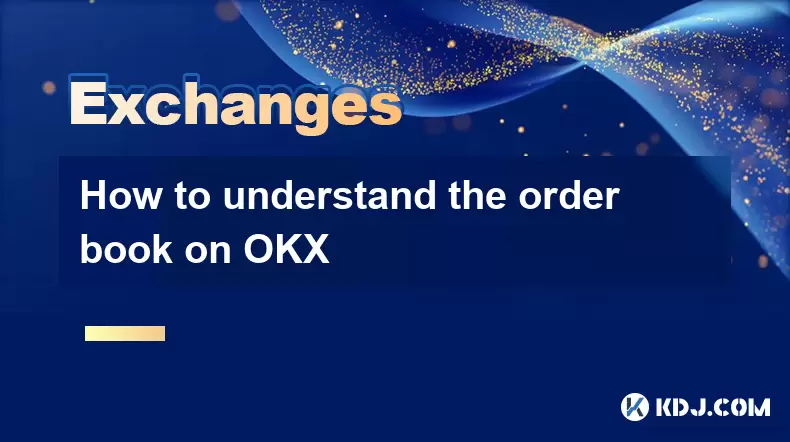
How to understand the order book on OKX
Aug 07,2025 at 03:49pm
What Is an Order Book on OKX?The order book on OKX is a real-time, dynamic list of all open buy and sell orders for a specific cryptocurrency trading ...

How to deposit USD on Bitstamp
Aug 07,2025 at 05:18pm
Understanding Bitstamp and USD DepositsBitstamp is one of the longest-standing cryptocurrency exchanges in the industry, offering users the ability to...

How to set up custom price alerts on Bybit
Aug 07,2025 at 04:31pm
Understanding Price Alerts on BybitPrice alerts on Bybit are essential tools for traders who want to stay informed about significant price movements i...

How to use the API for automated trading on OKX
Aug 07,2025 at 05:21pm
Understanding the OKX API for Automated TradingThe OKX API provides a powerful interface for users to automate their trading strategies, access real-t...

How to claim airdropped tokens on Gate.io
Aug 07,2025 at 04:01pm
Understanding Airdropped Tokens on Gate.ioAirdropped tokens are digital assets distributed for free by blockchain projects to promote awareness, incen...

How to paper trade cryptocurrencies on OKX
Aug 07,2025 at 06:01pm
Understanding Paper Trading in the Cryptocurrency ContextPaper trading, also known as simulated or virtual trading, allows users to practice buying an...

How to understand the order book on OKX
Aug 07,2025 at 03:49pm
What Is an Order Book on OKX?The order book on OKX is a real-time, dynamic list of all open buy and sell orders for a specific cryptocurrency trading ...
See all articles

























































































